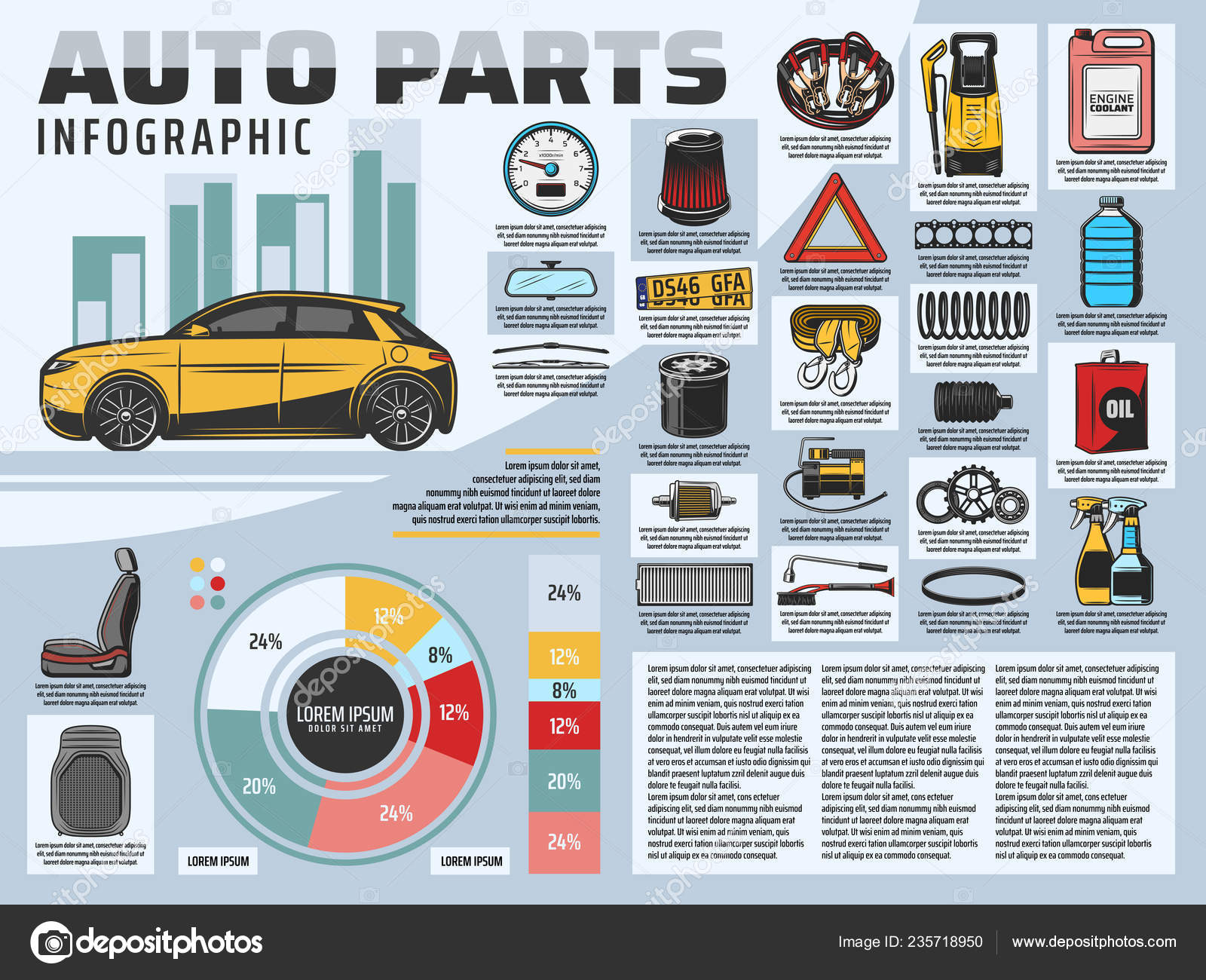Comprehending Your Car'S Warning Lighting: What Do They Really Mean?
Comprehending Your Car'S Warning Lighting: What Do They Really Mean?
Blog Article
https://audiecutuning39516.blogolenta.com/28105865/10-crucial-tips-for-choosing-the-suitable-car-repair-shop-in-your-location Created By-Higgins Forbes
When you lag the wheel, those beautiful warning lights on your control panel can be a little bit perplexing. Do you know what they're trying to tell you about your automobile's wellness? Understanding the significance of these lights is vital for your safety and the longevity of your automobile. So, the next time among those lights appears, wouldn't you want to analyze its message precisely and take the needed actions to address it?
Common Warning Lighting and Interpretations
Identify usual caution lights in your automobile and comprehend their significances to make sure secure driving.
One of the most typical warning lights include the check engine light, which signifies issues with the engine or exhausts system. If this light comes on, it's critical to have your car examined quickly.
The oil stress advising light indicates low oil stress, calling for immediate focus to avoid engine damages.
A flashing battery light may suggest a malfunctioning charging system, potentially leaving you stranded if not attended to.
The tire pressure tracking system (TPMS) light notifies you to low tire stress, impacting car stability and fuel effectiveness. Overlooking this could result in risky driving conditions.
The abdominal muscle light shows an issue with the anti-lock stopping system, compromising your capability to quit quickly in emergencies.
Lastly, the coolant temperature warning light warns of engine overheating, which can result in severe damages if not fixed promptly.
Comprehending these typical caution lights will aid you attend to issues immediately and keep secure driving conditions.
Relevance of Prompt Attention
Recognizing the usual caution lights in your cars and truck is only the initial step; the relevance of promptly resolving these warnings can not be emphasized sufficient to ensure your safety when driving.
When https://www.seattletimes.com/seattle-news/some-auto-repair-shops-arent-what-they-used-to-be-and-thats-a-good-thing/ brightens on your dashboard, it's your car's means of communicating a possible problem that needs attention. Ignoring these warnings can result in much more serious issues down the road, endangering your safety and security and possibly costing you more in repairs.
Prompt interest to advising lights can protect against breakdowns and crashes. For example, a blinking check engine light might indicate a misfire that, if left neglected, might create damages to the catalytic converter. Resolving this quickly can save you from a pricey repair.
In a similar way, a brake system warning light may signal low brake liquid or used brake pads, essential elements for your safety and security when driving.
Do It Yourself Troubleshooting Tips
If you discover a warning light on your control panel, there are a few DIY repairing suggestions you can attempt before looking for professional help.
The very first step is to consult your vehicle's handbook to understand what the certain warning light suggests. Sometimes the issue can be as basic as a loose gas cap activating the check engine light. Tightening up the gas cap might deal with the issue.
Another common concern is a low battery, which can set off different alerting lights. Examining the battery connections for corrosion and guaranteeing they're protected might repair the problem.
If a warning light continues, you can try resetting it by disconnecting the automobile's battery for a couple of mins and afterwards reconnecting it. Furthermore, inspecting your vehicle's fluid degrees, such as oil, coolant, and brake liquid, can aid repair advising lights connected to these systems.
Final thought
Finally, comprehending your cars and truck's caution lights is important for keeping your car running efficiently and securely. By without delay attending to these signals and knowing what they indicate, you can prevent costly fixings and possible breakdowns.
Bear in mind to consult your automobile's guidebook for specific details on each warning light and take action accordingly to guarantee a trouble-free driving experience.
Stay informed, stay secure when traveling!
